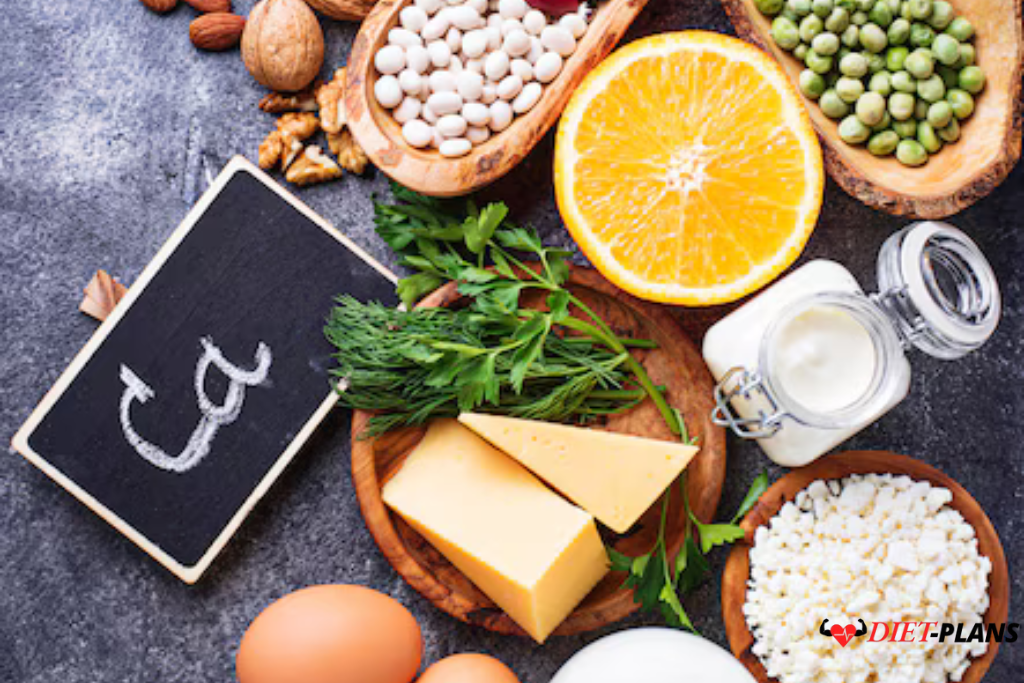How I Overcame My Vegetarian Protein Struggles (And You Can Too)
I’ve never had a particularly balanced diet. “I’ve always loved sweets, salty snacks, and everything your parents told you not to eat when you were a child. Even though I made an effort to include fruits and vegetables in my meals daily, my insulin resistance and other health problems have forced me to entirely change my diet to feel full and energized. The most significant adjustment I had to make? My body needs a lot more protein.
The Significance of Protein
According to Amanda Blechman, RDN, the typical recommended protein consumption is at least 0.8 grams per kilogram of body weight, or 0.36 grams per pound, every day. One or two portions of chicken breast, beef, or turkey would be more than sufficient to meet my daily protein need of at least 60 grams. As a vegetarian, however, this was not going to work for me, and I soon found myself feeling overwhelmed by the thought of consuming even the bare minimum of protein that is advised daily.
Finding vegetarian protein sources seemed like my nutritional white whale as I tried to understand my body’s needs (and how to best work alongside my numerous chronic health issues to feel my best)—until I discovered how to make it my top priority.
Protein Sources for Vegans and Vegetarians
Every diet must include some form of protein. It belongs to the class of nutrients known as important macronutrients, which are necessary in significant quantities for our bodies to operate correctly daily. Building and maintaining muscle mass requires protein in particular, and keeping a substantial amount of muscle mass is more crucial for women’s health than you may imagine. According to Avery Zenker, RD, women are more vulnerable to osteopenia and sarcopenia, which are conditions characterized by a decrease in muscle mass and bone density, respectively. Walking, climbing stairs, and completing home chores might become more challenging due to these problems, which often begin in your 30s and 40s. “The good news is that this doesn’t have to occur, at least not as early or as quickly,” adds Zenker. “The best-known ways to combat sarcopenia is by regular resistance training exercise and a balanced diet with adequate nutrients, especially protein and calories.”
Vegetarian Protein Sources in My Diet
A diet that included as many whole foods as possible was what I wanted to start with. Because eating the entire meal gives you the full bundle of nutrients that food offers rather than just a few individual nutrients, Blechman usually advises choosing whole foods over supplements or powders. We usually think of meats and eggs as the two primary readily available sources of protein, but I looked for the unexpectedly large number of alternatives that fit into a vegetarian diet. Making sure that every meal (or snack) I consume includes a source of protein, ideally, as the meal’s foundation, has been the key to consuming enough protein each day.
Dairy Goods: A Protein Boost for Vegetarians
Since dairy products are a part of my vegetarian diet, I’ve found that a lot of them can be simply included in my daily routine as sources of complete proteins. A cup of oats, boiled with milk instead of water, on the side, has around 10 grams of protein, but a cup of Greek yogurt for breakfast can have about 18 grams (per cup). As a bonus, adding a couple of tablespoons of chia seeds will provide around five grams of protein (as well as some interesting textural components).
Cottage Cheese: A Dairy Delight
During this period, I also started to love cottage cheese, a dairy snack that has a staggering 20 grams of protein per cup. It’s adaptable, and I enjoy it both sweet and savory, with honey drizzled over it or with salty ingredients sprinkled in. Additionally, I’ve discovered that cottage cheese blends beautifully with dressings and sauces, adding a little creaminess and protein to any dish.
Nuts: A Salty Protein Snack
A handful of flavorful nuts, such as almonds, peanuts, or pistachios, satisfy my desire for salty snacks when dairy isn’t an option. They also provide extra protein and minerals. Consider munching on these nine nuts with the greatest protein content.
Fruits High in Protein
High-protein fruits, including cherries, raspberries, and blackberries meet the requirement for a sweeter choice. These may be included in a savory-sweet supper meal or used as a protein-boosting snack or dessert.
Legumes: A Vegetarian Protein Powerhouse
I eat a lot of legumes for lunches and dinners to meet the remaining portion of my protein needs. Since I was raised in Indian cuisine, I’ve always loved many of the dishes that include beans and lentils, which provide eight to nine grams of protein per half-cup portion. Mung beans and chickpeas are among the foods with the highest protein content; they may be roasted and added to a salad or cooked in a curry.
Blechman also suggests soy as a plant-based protein source, stating that eight grams of complete protein per cup of soy milk is generally equivalent to that of dairy milk. With 10 grams of protein per serving, tofu is another simple soy-based ingredient that can be added to any dish. It has long been a mainstay of my vegetarian diet.
Conclusion: You Can Get Enough Protein on a Vegetarian Diet
Vegetarians don’t have to struggle to acquire protein as much as I originally believed, and you might agree with me if you combine any of these plant-based protein sources. By making protein a priority in your meals, whether through dairy, nuts, legumes, or other vegetarian protein-rich foods, you can meet your daily protein needs and improve your overall health.

